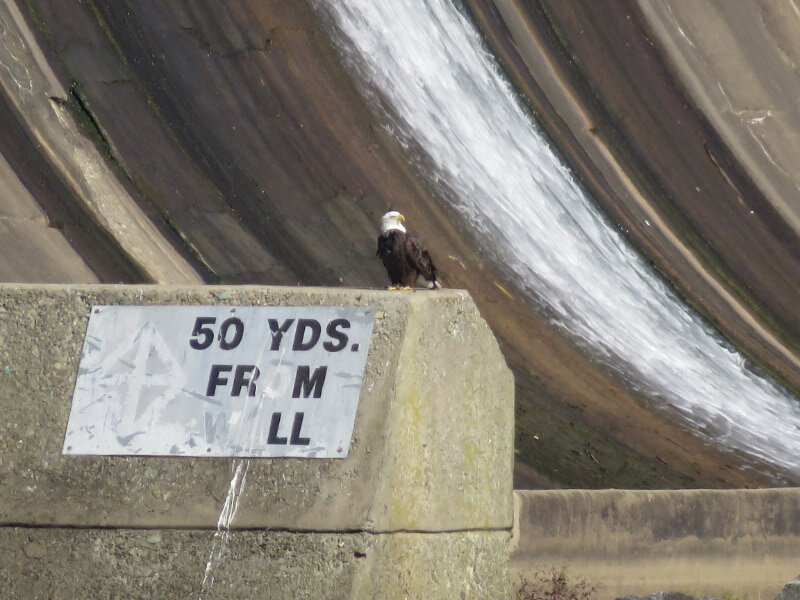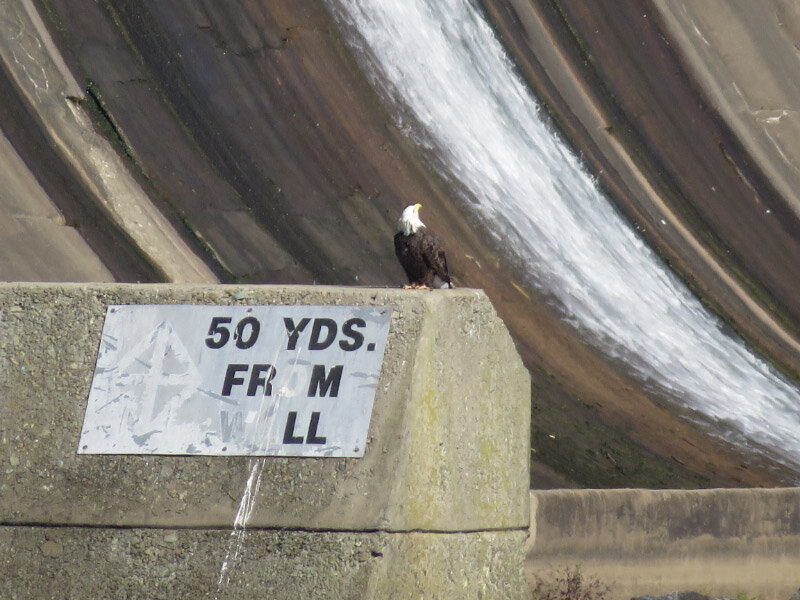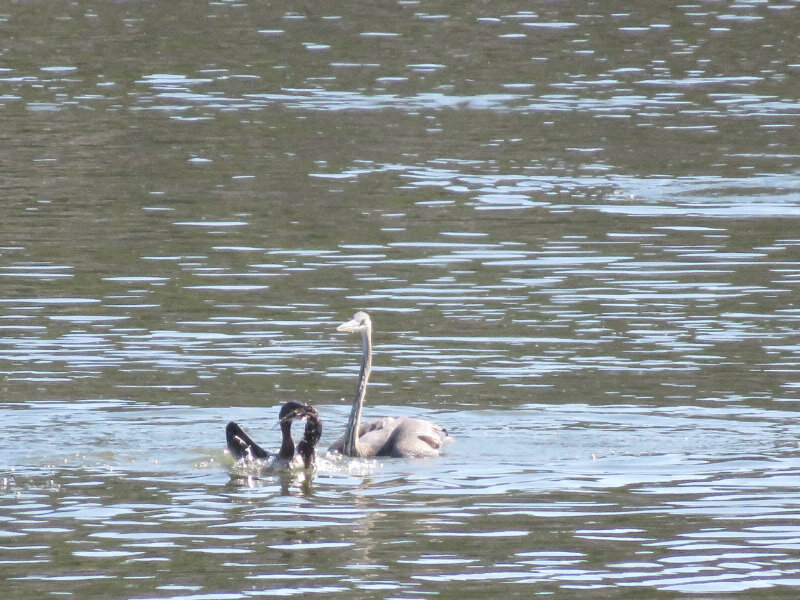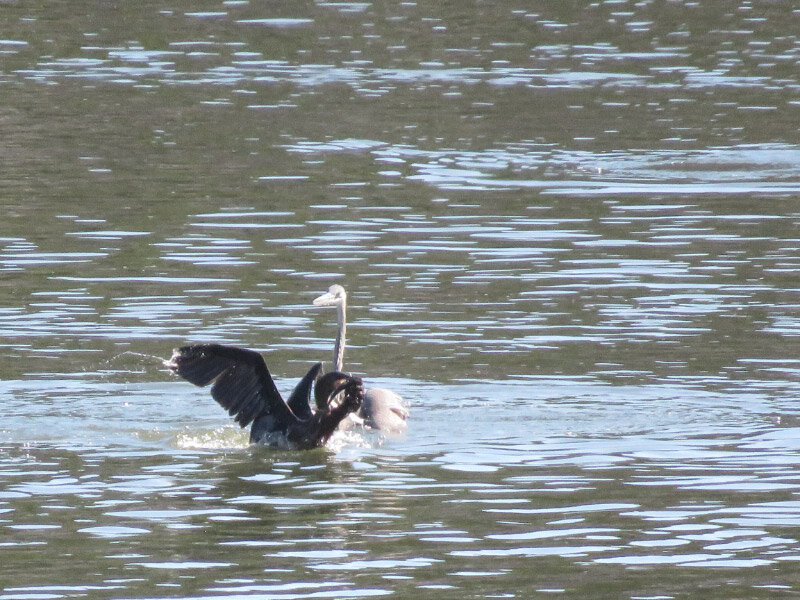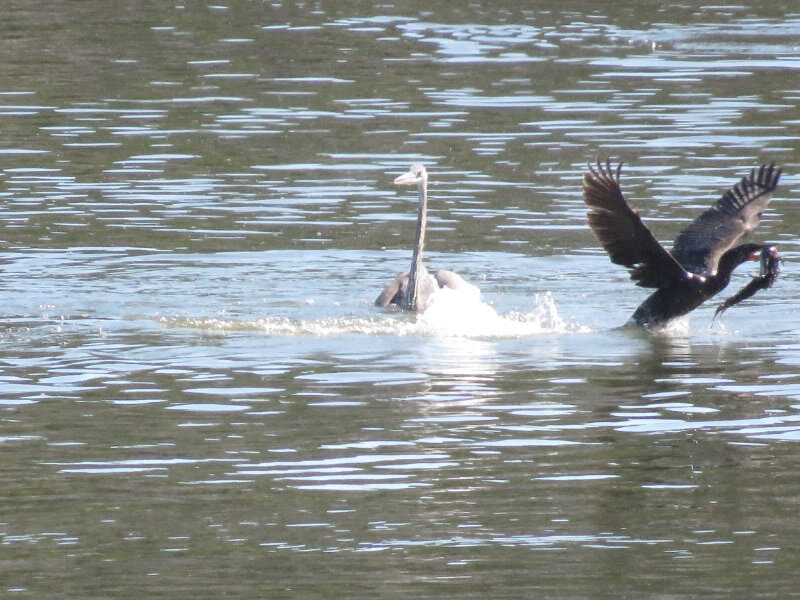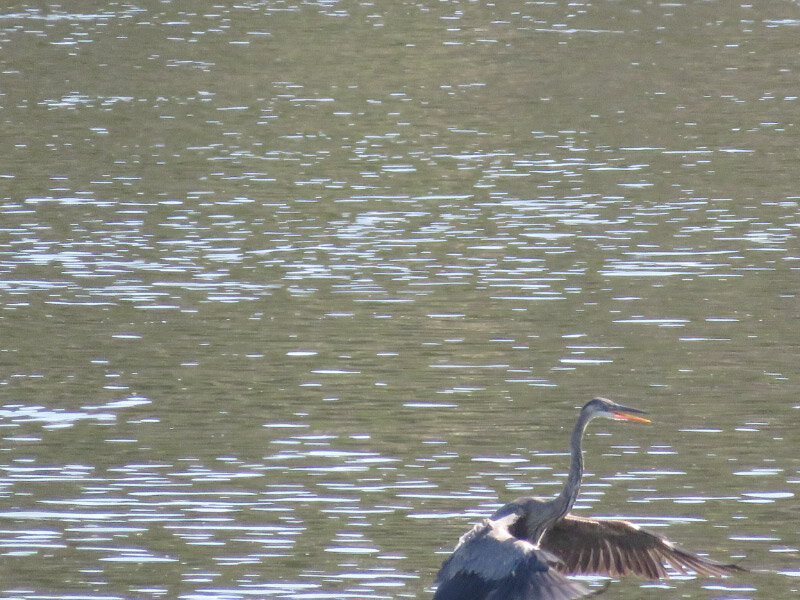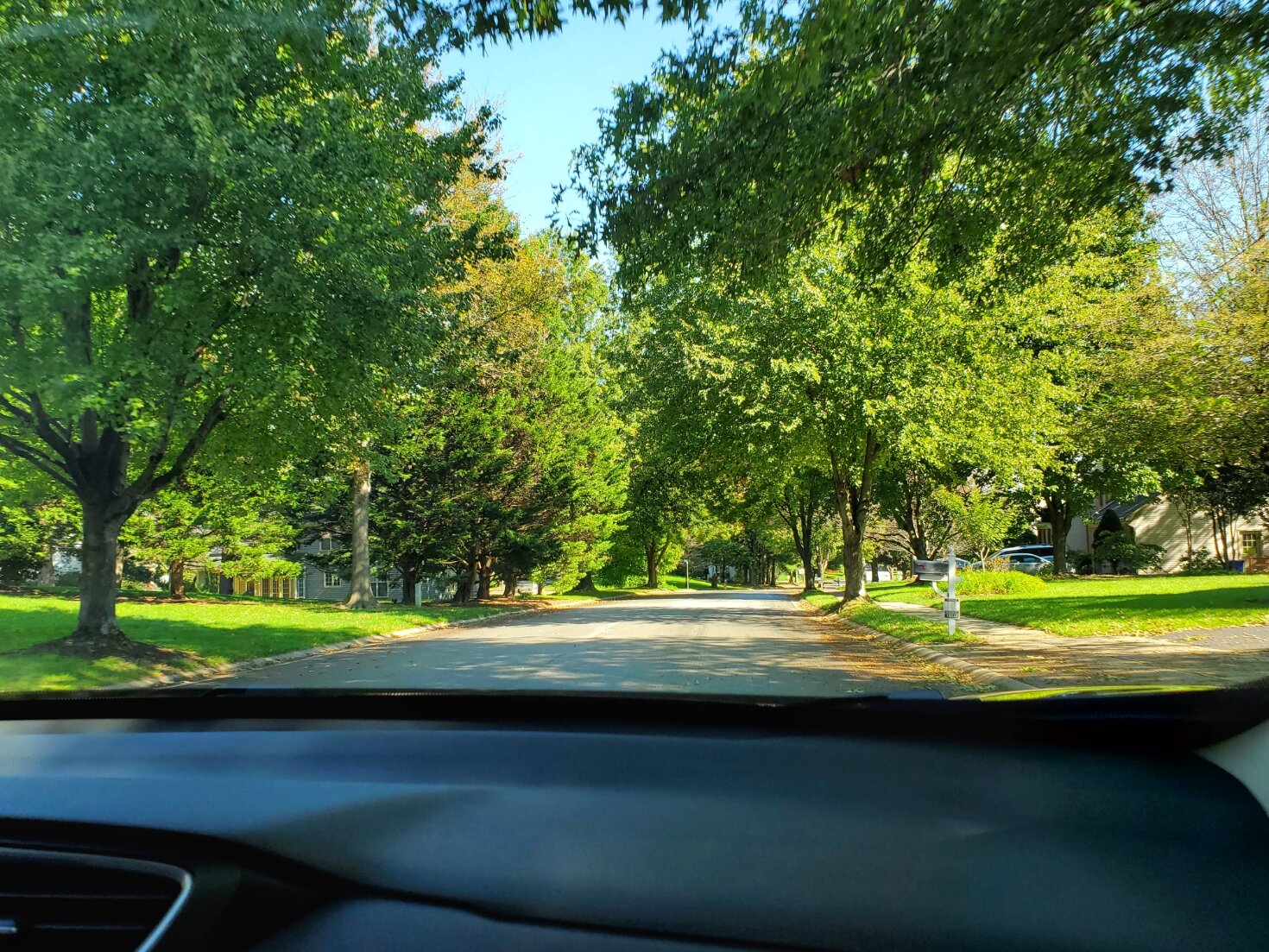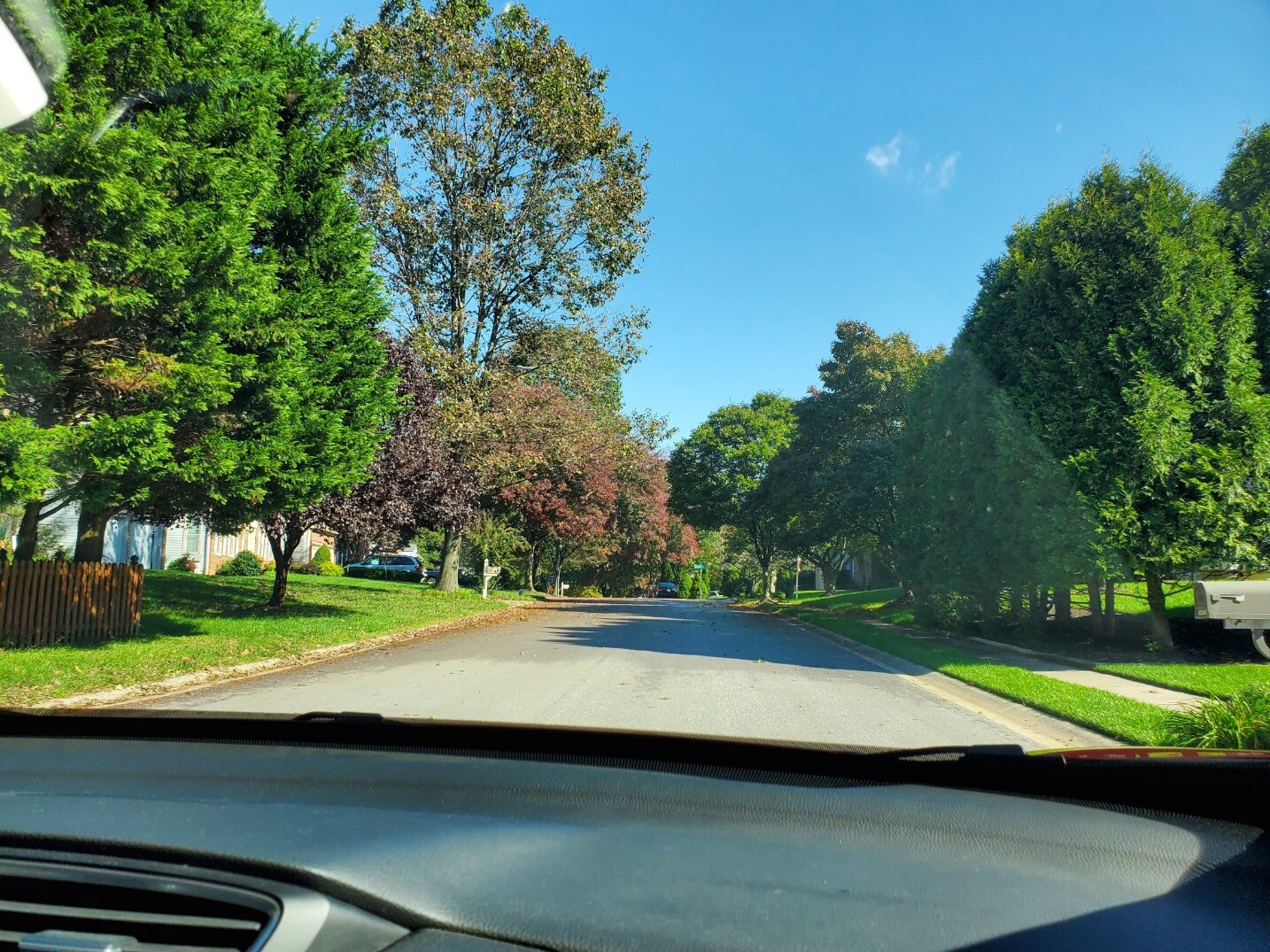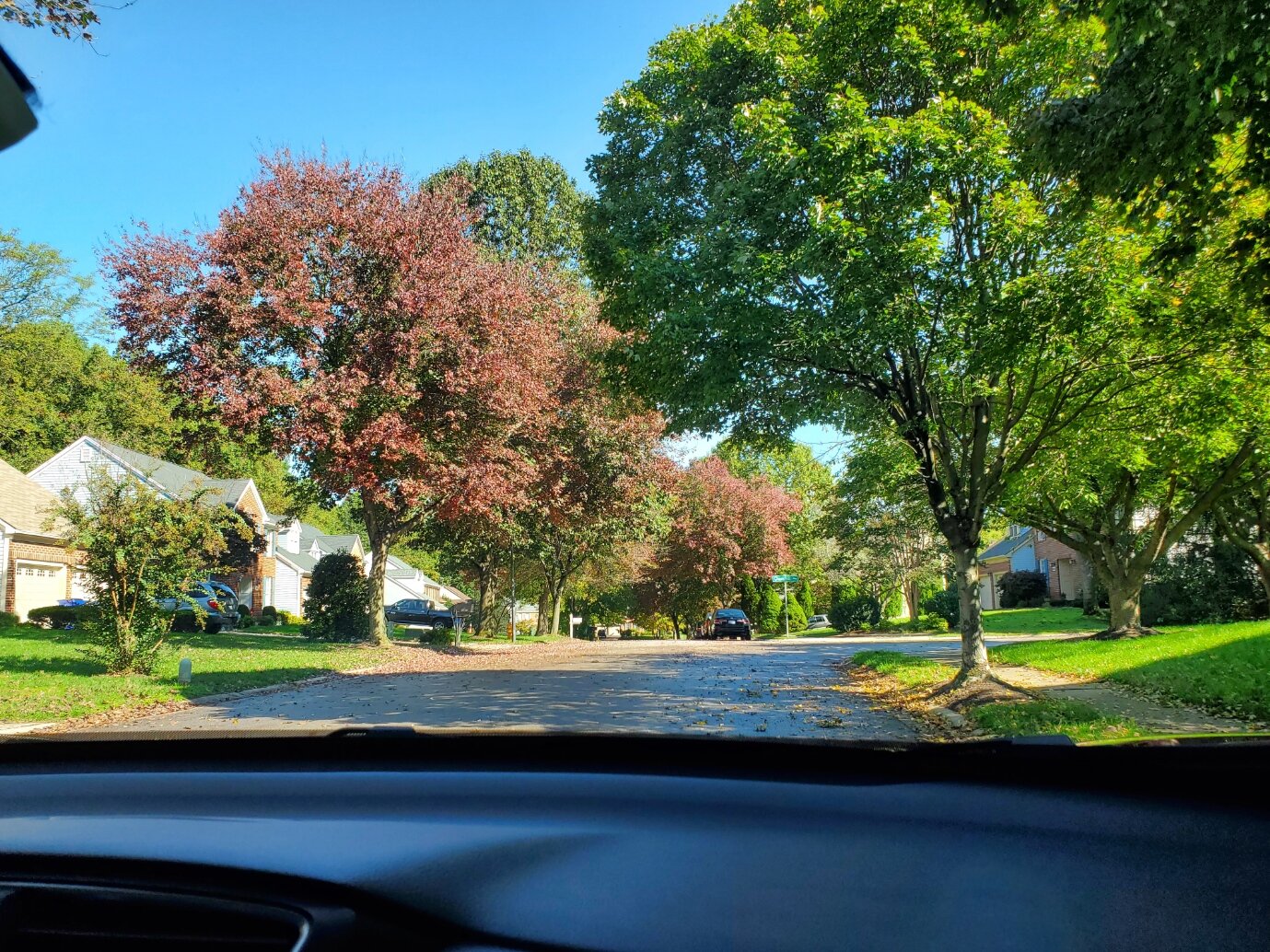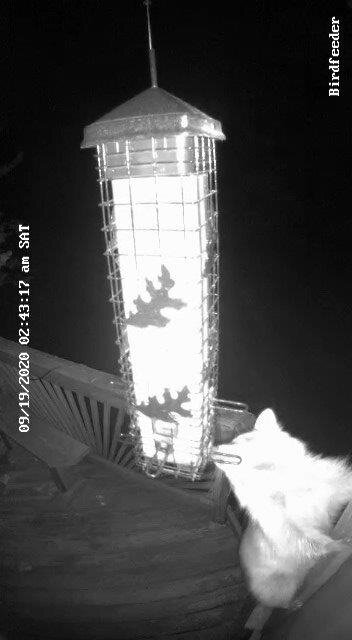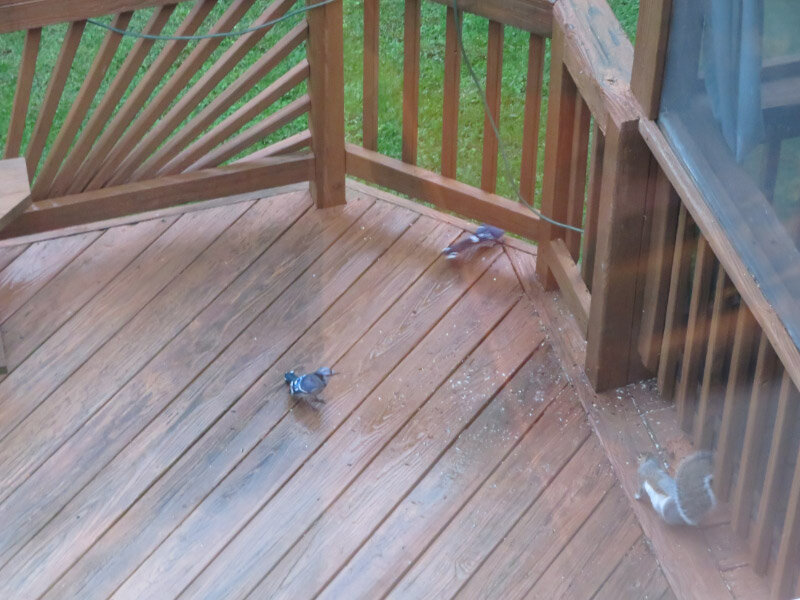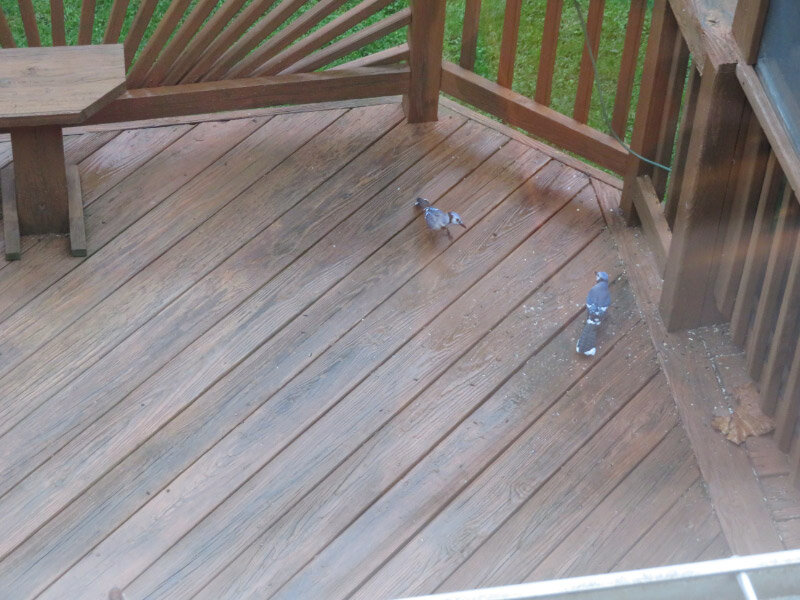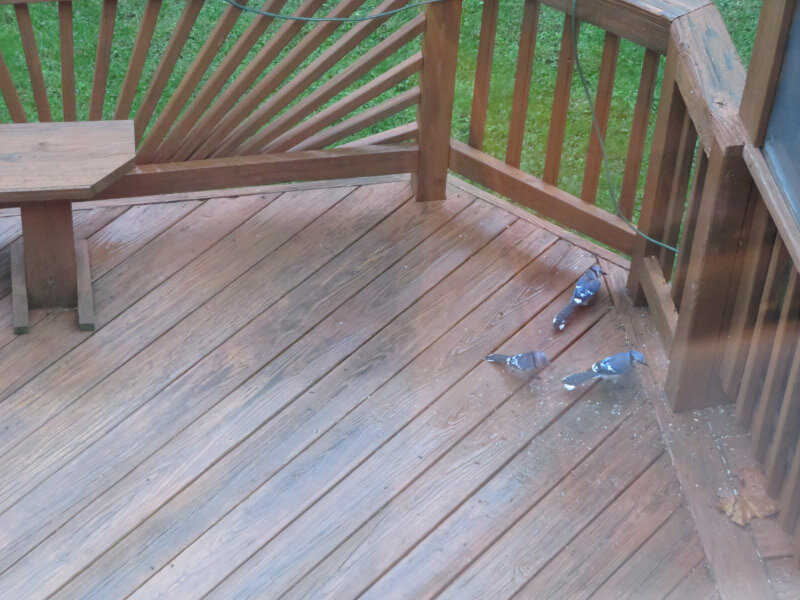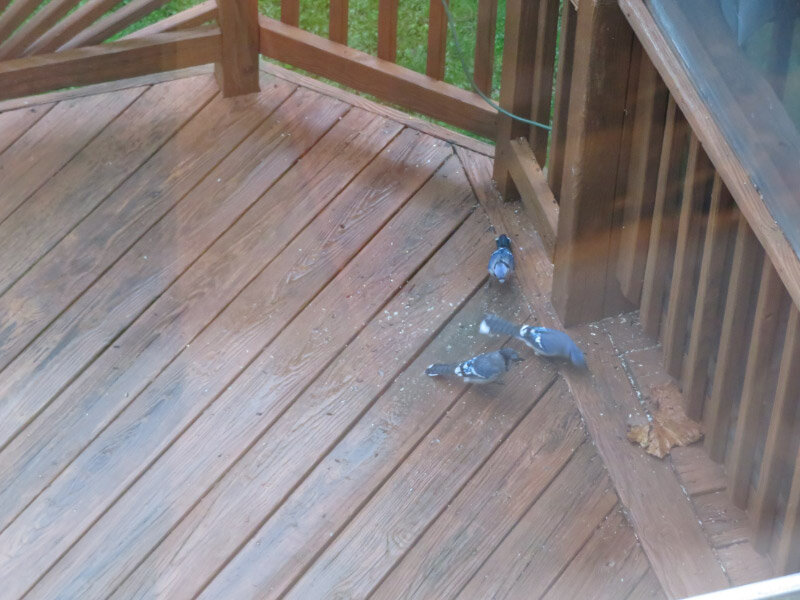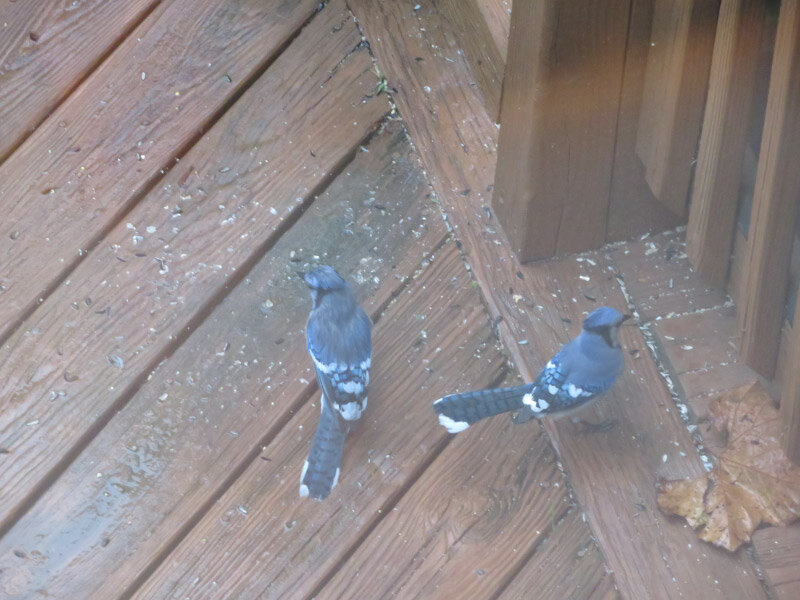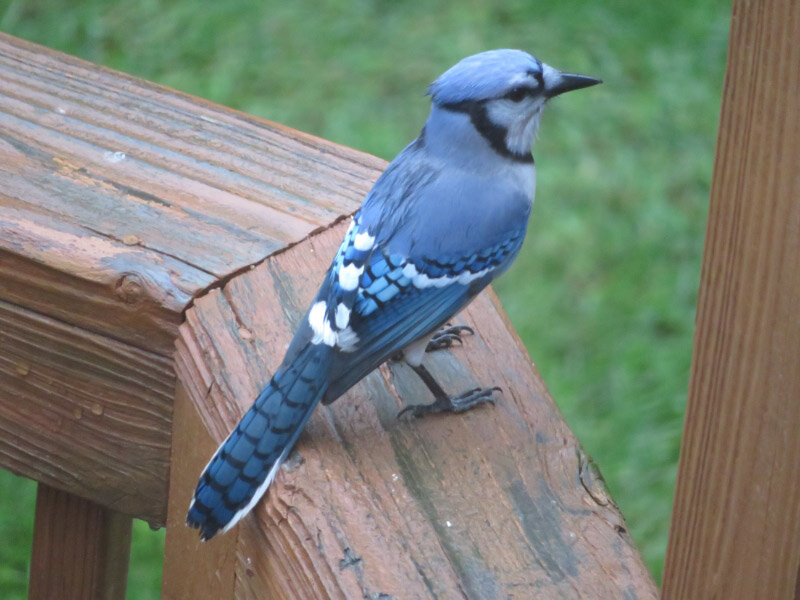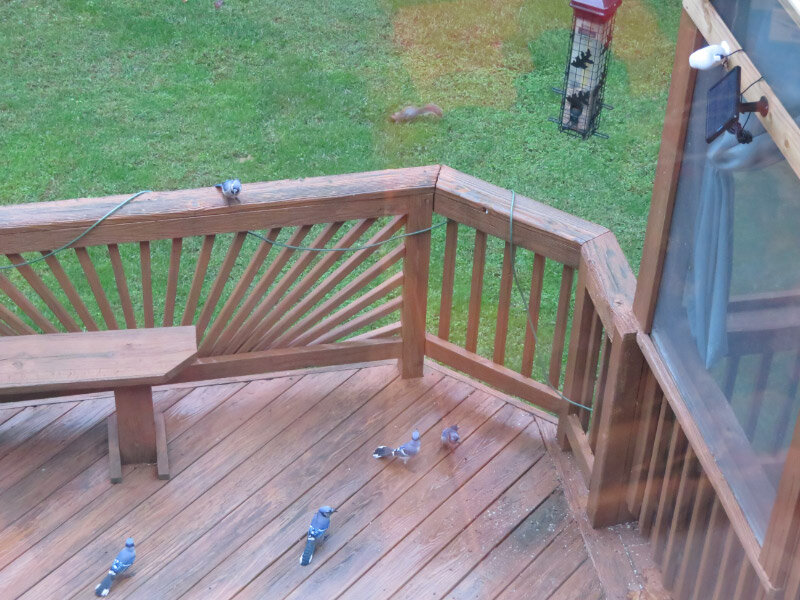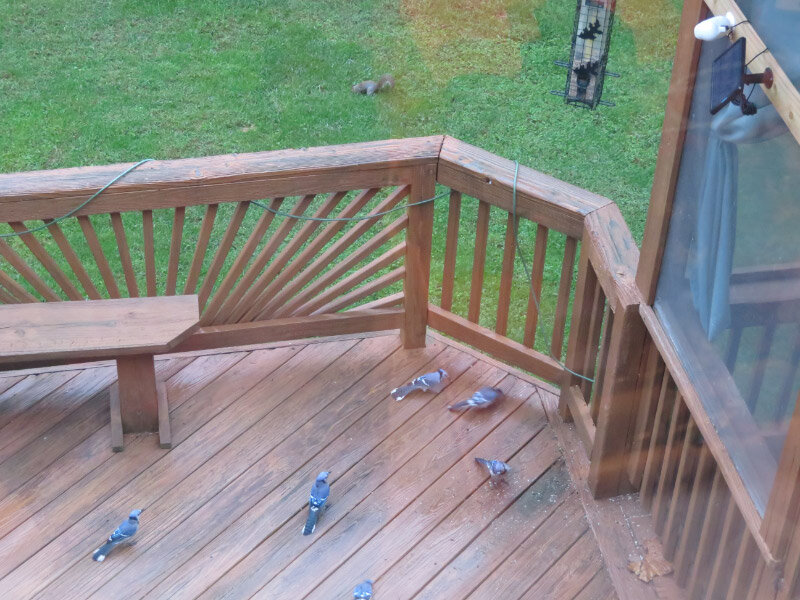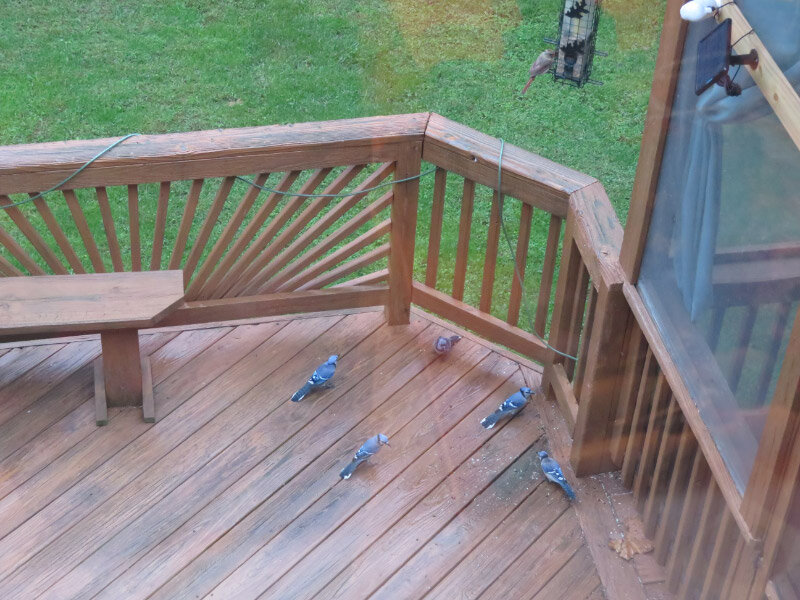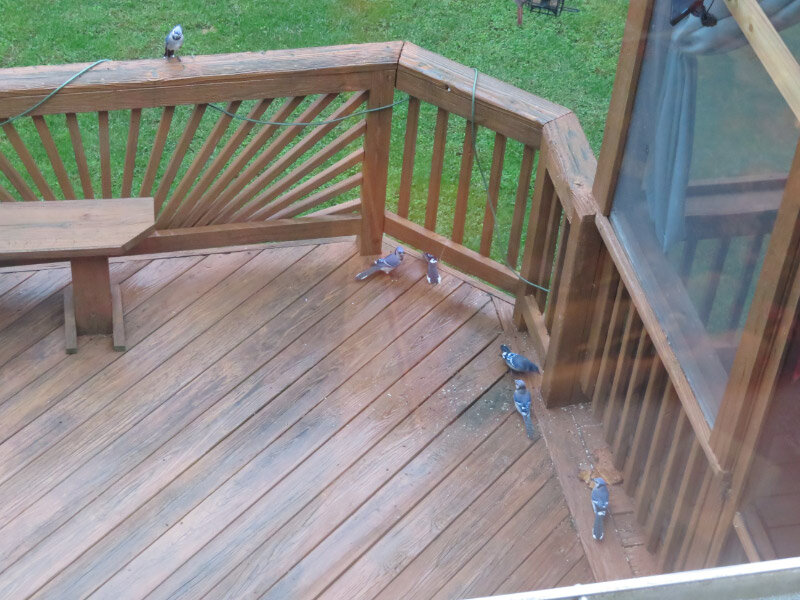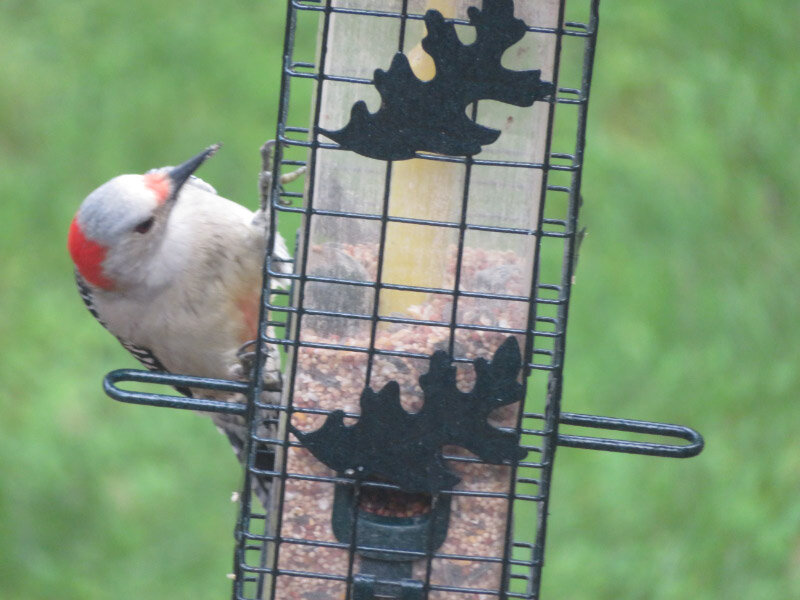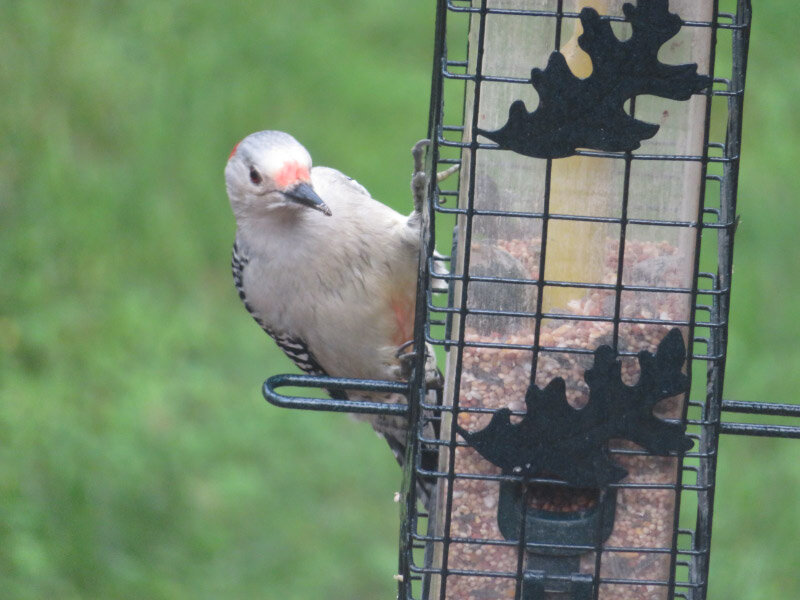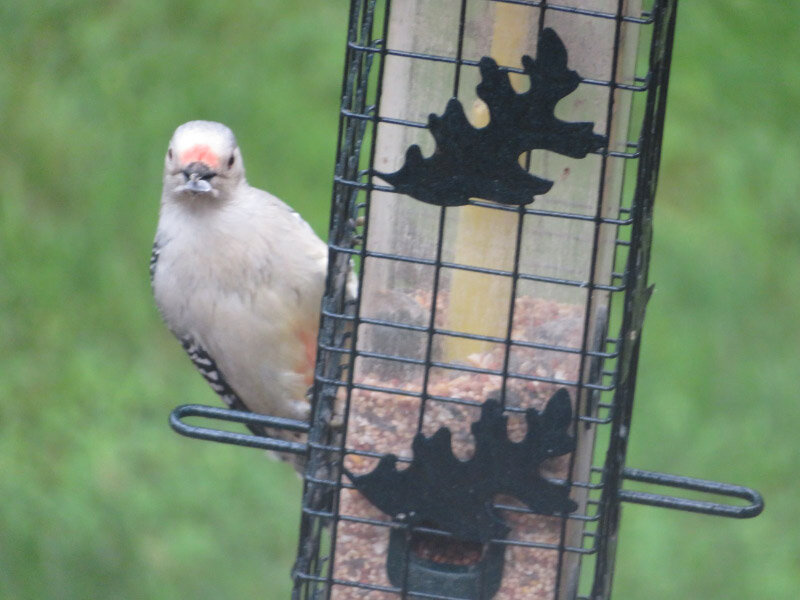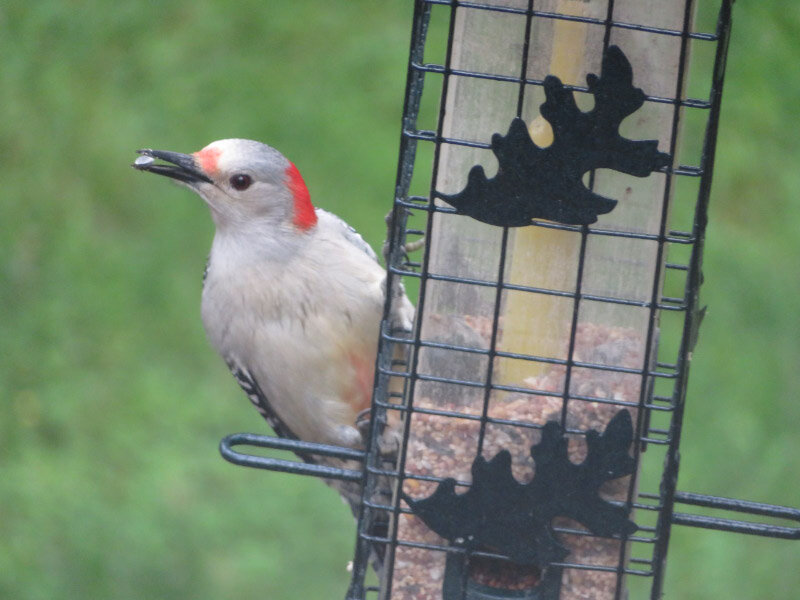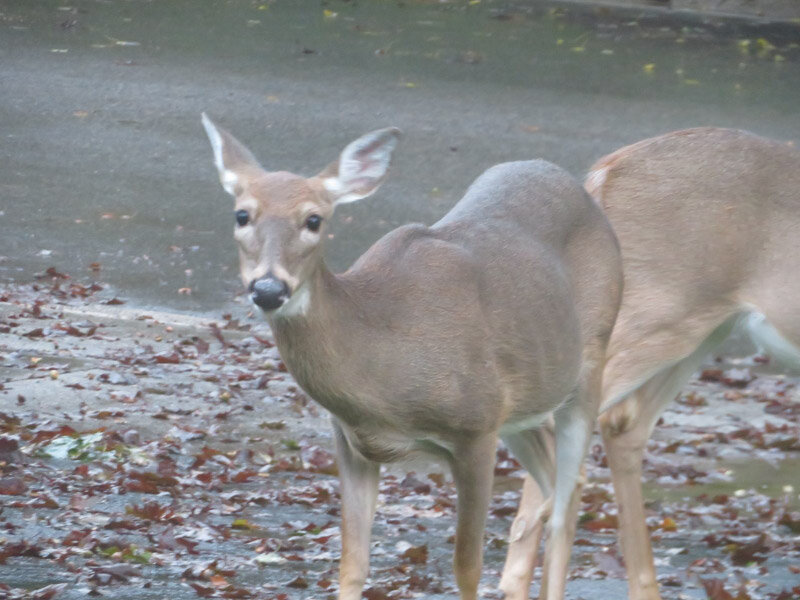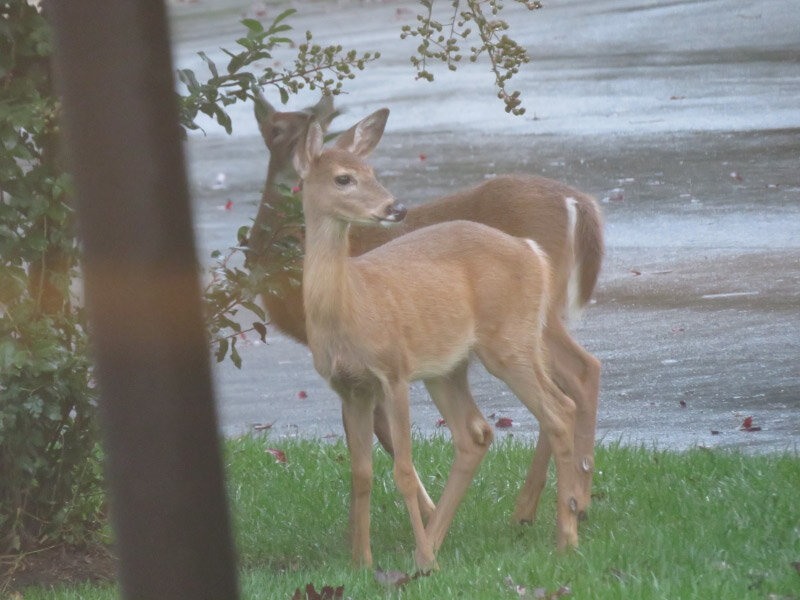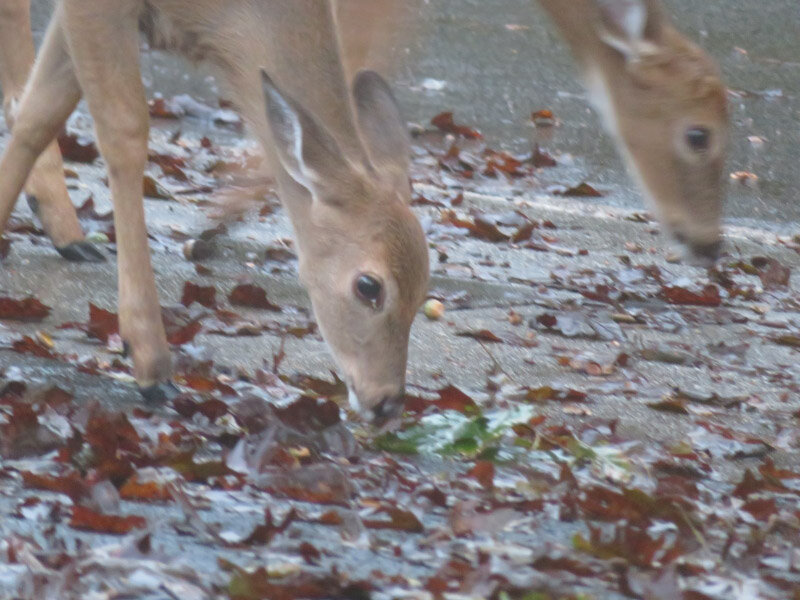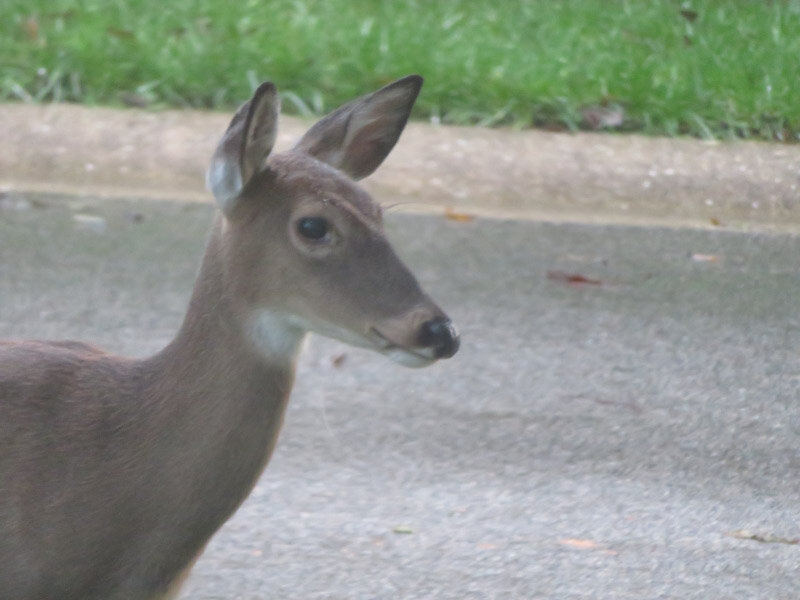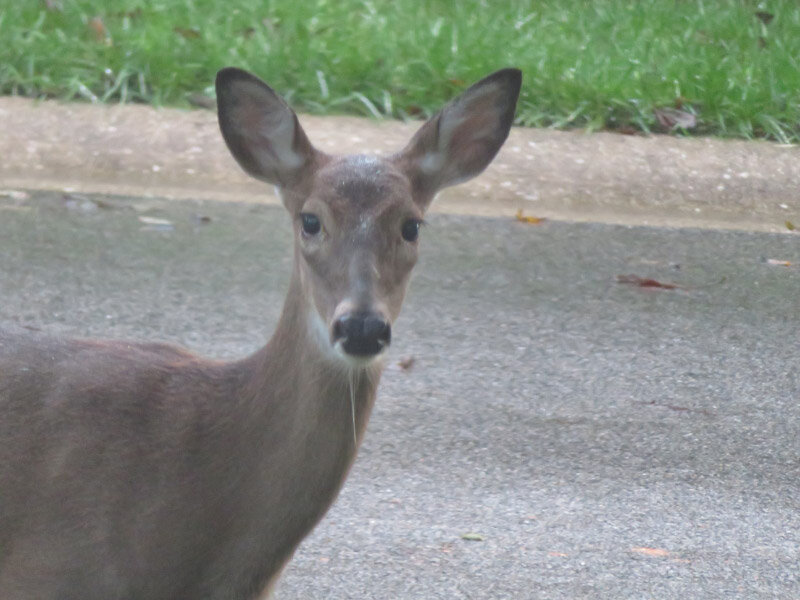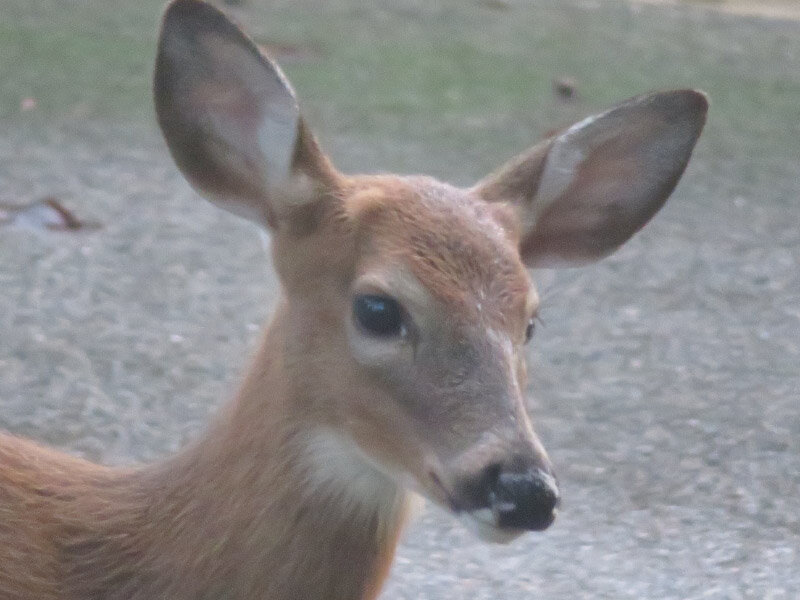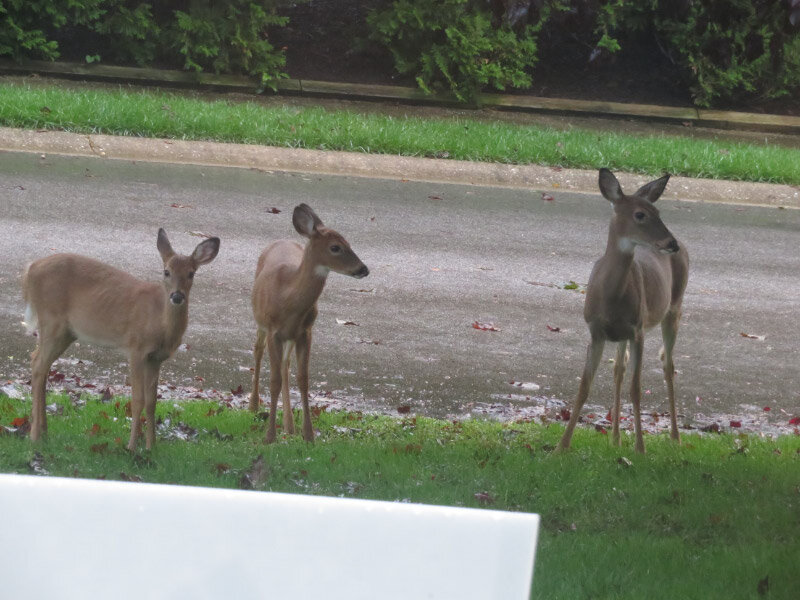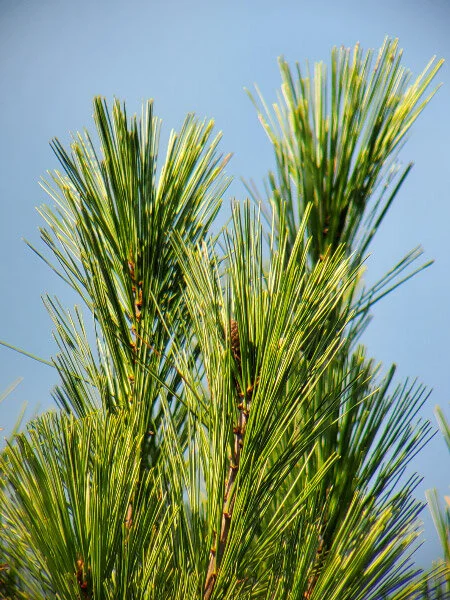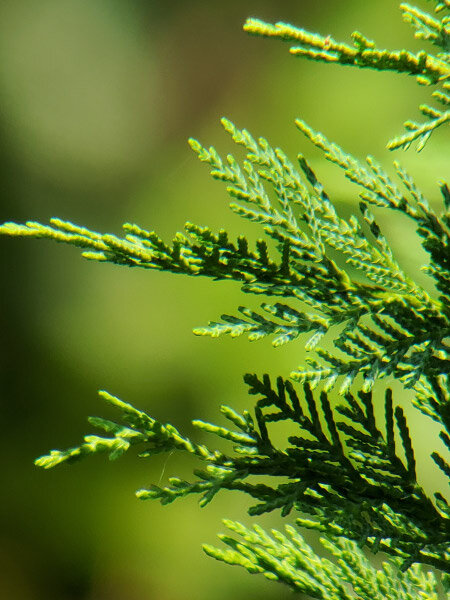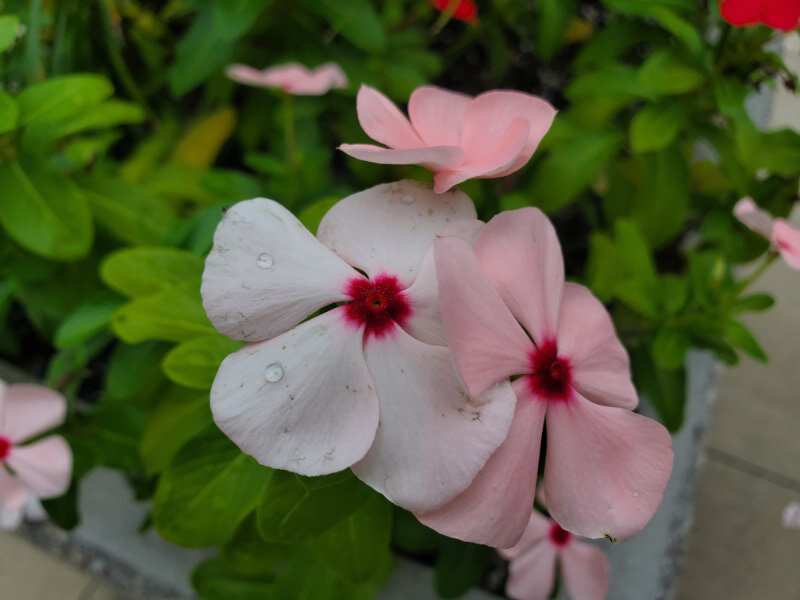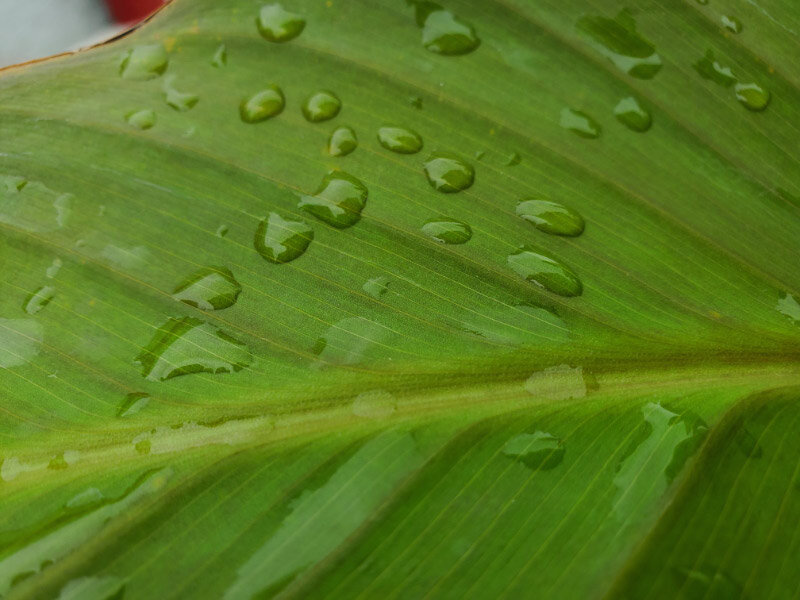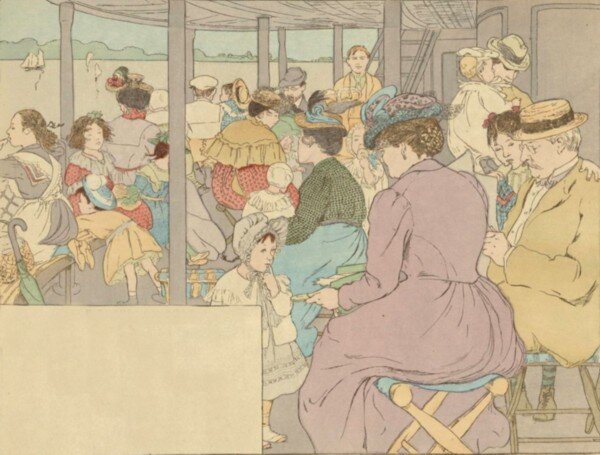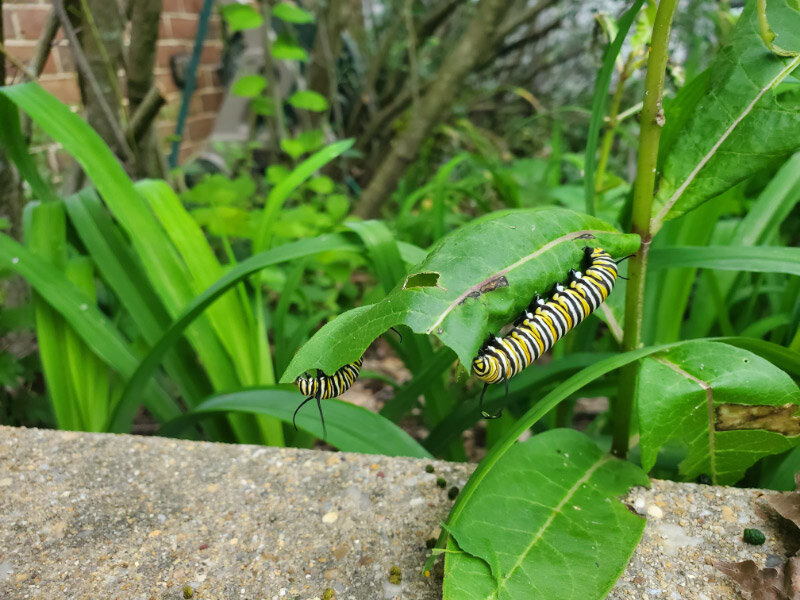Conowingo on a Fall Morning – Part 1
/My husband and I took a ‘field trip’ to Conowingo dam this week – the first such trip since last February; we did it in a low risk way and will probably enjoy the fall a bit over the next few weeks with similar outings. We were gone for a little over 3 hours…with 2 of the hours on the road. At Conowingo we made a short stop at the Visitor Center for a ‘rest stop’ with masks…hand washing…and then hand sanitizer once we were back in the car. I took some pictures of the Bald Eagle carving and some of the plantings in front of the visitor center.
When we got to the fishing/bird viewing area – we noticed the low water right away. The dam was not generating so the fish were not being churned up. Note how calm the water is toward the dam. Do you see the Great Blue Heron in the lower left? Part 2 of this post will be about that bird.
There was an adult Bald Eagle on the ’50 yds’ abutment that stayed for the entire time we were there. I took digiscope pictures (i.e. phone attached to spotting scope on a tripod) first. The bird is looking around and the breeze is ruffling feathers on the head.
Then I took some pictures with by Canon Powershot SX 60 HS (bridge camera) on a monopod….which is my usual birding camera. The bird was moving its head more….it seemed intent on not moving any other part of its body though! I’m still more comfortable using the camera rather than the digiscope.
The birds on the water today were Double Crested Cormorants. They were sometimes in groups….usually on their own diving quickly to go after fish.
I saw one come up with a fish and then noticed a Great Blue Heron (not the heron in the earlier picture) flying toward it. By the time I started taking pictures the heron had plopped down right next to the cormorant….but the cormorant made a quick get away with his prize leaving a surprised heron behind. Use the arrows to move through the 5 images.
I always try to look at the Paulownia (princess tree) growing on the cliff next to the parking area. The seed pods are maturing. It’s an invasive tree but one that it tolerated – sometimes – because it is pretty.
Unique Activities for Yesterday:
Notification that ballot was received. I got an email from my state acknowledging that the ballot I put in the drop box has been received! I great to get that confirmation. The email included a link to the Maryland site where I can find out when it is accepted/counted too. There was a local news story saying that my county would start counting on the 12th so I’ll start checking every day after that.
Last CSA flowers? The cutting garden at the CSA is winding down. The zinnias are about done for the year. I got one sunflower and then some smaller purple ones (don’t know what they are) to make a small bouquet to sit in the kitchen window along with the green tomatoes I hope will turn red. I’ve already enjoyed 2 that turned red recently.








